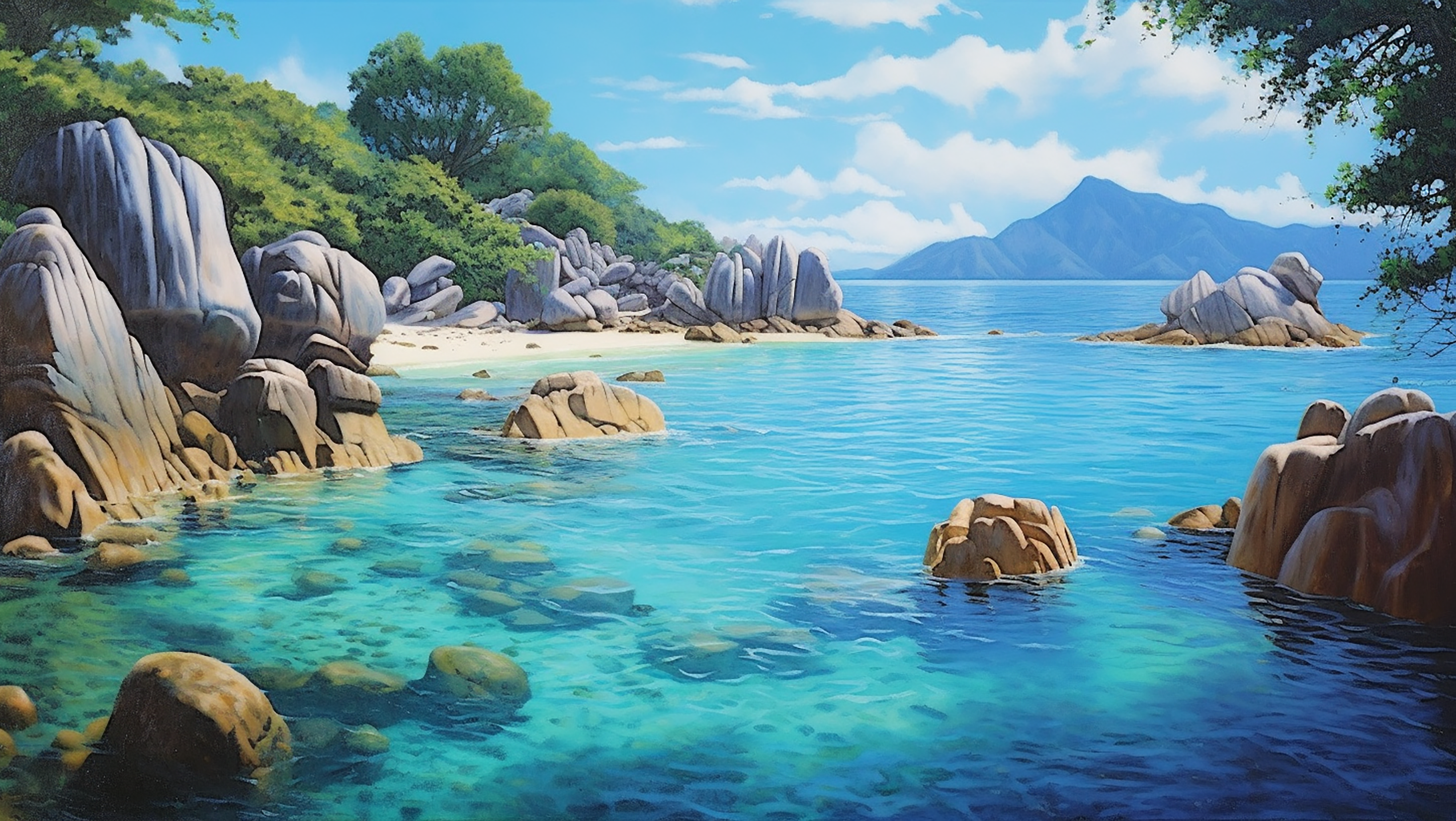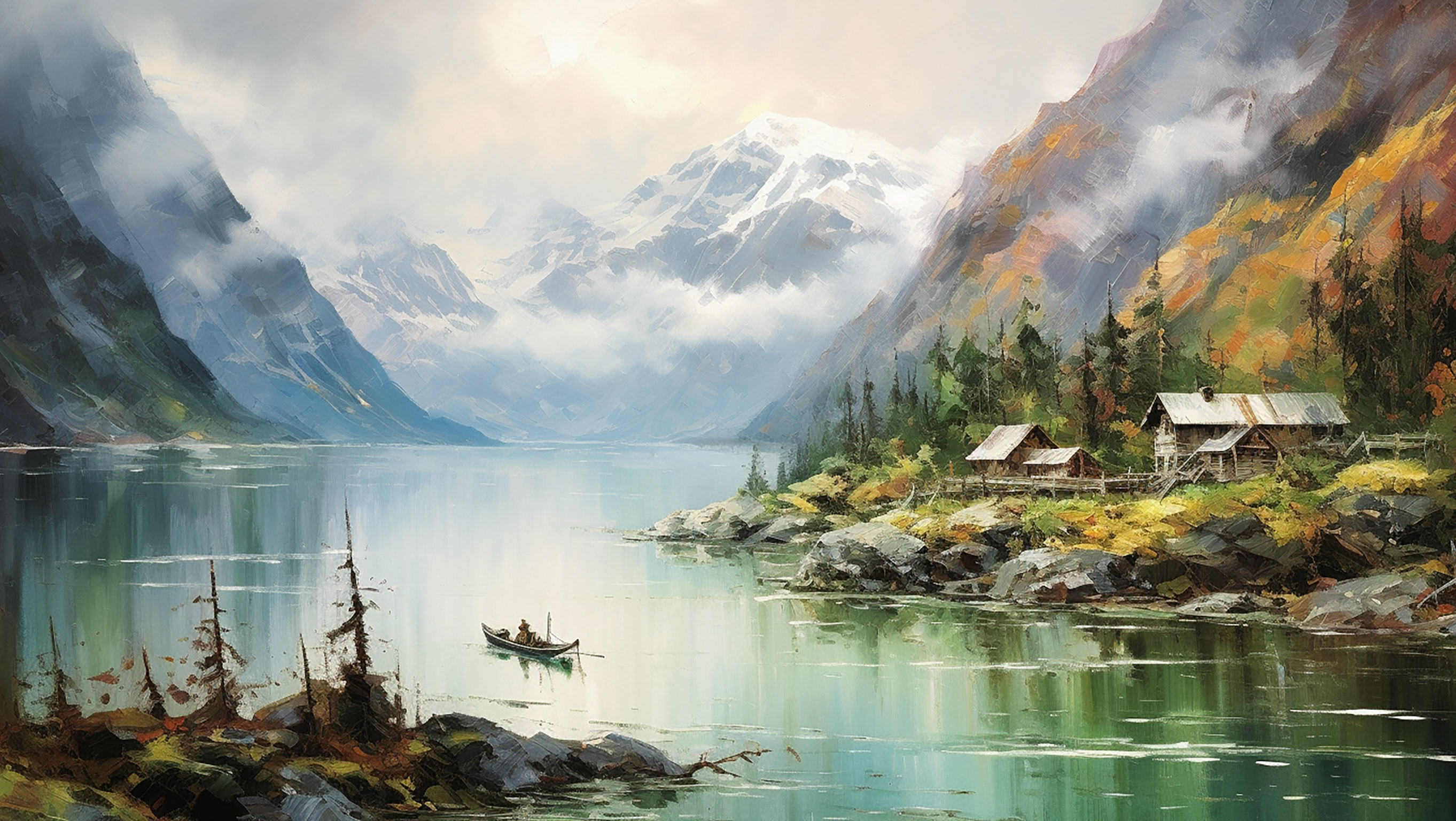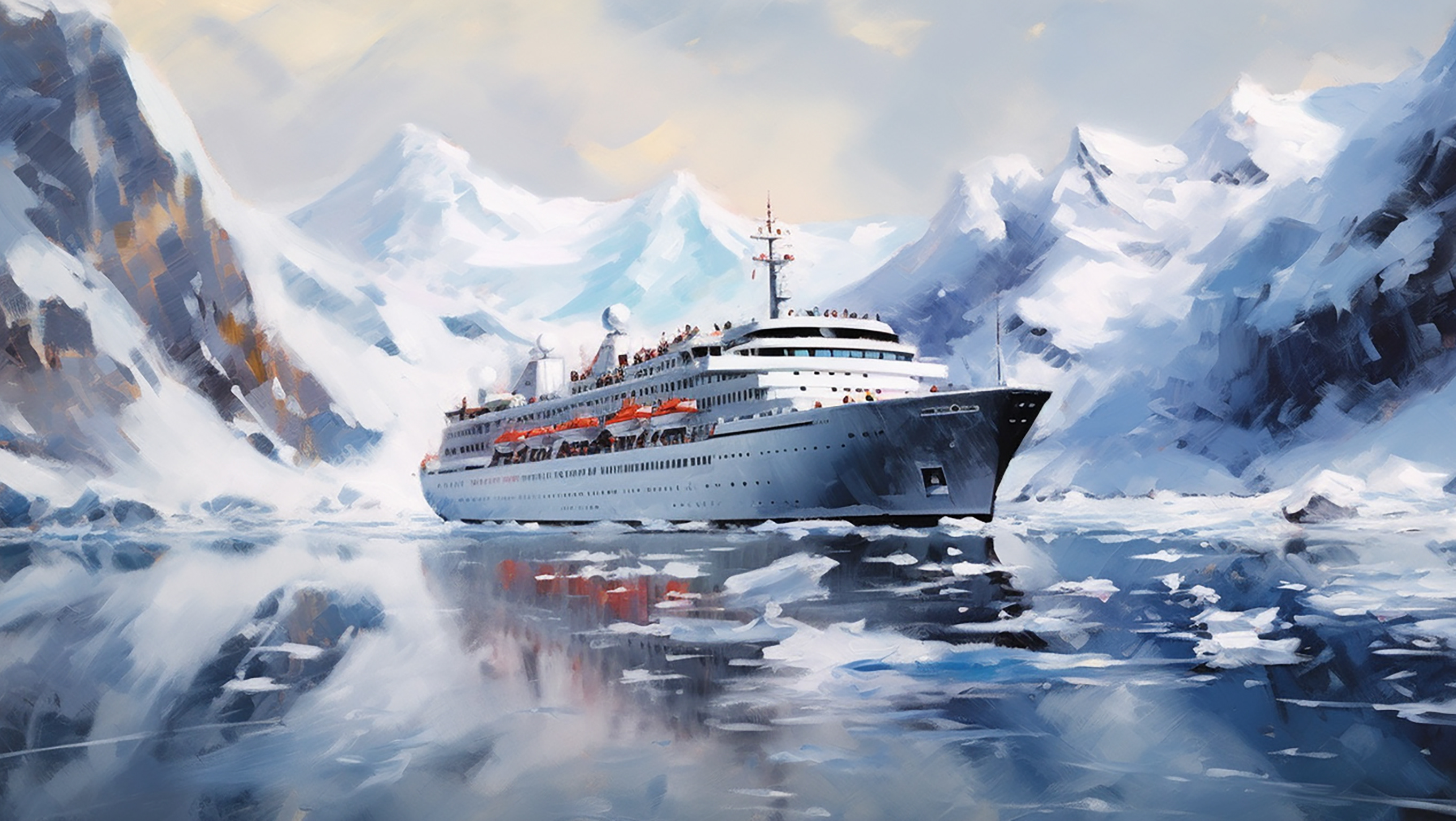Maligne Canyon
To start exploring the surroundings, I booked several tours that would occupy most of my stay in Jasper National Park. In the remaining days, I planned to actively explore the surroundings on my own. The fires were still visible in the distance, occasionally covering some areas with a smoky haze on the distant horizon. So, early in the morning, as per my plan, a minibus picked me up and embarked on a day trip to view the local scenic beauty.
Our first stop was what is known as the 'Maligne Canyon'. It's the deepest canyon in the Rockies, quite unusual, and I hadn't heard much about it before. If lakes and classic views of mountains against the backdrop of water, forest, and landscapes are very typical for Jasper, this canyon seems to be undeservedly overlooked. In reality, it's the deepest canyon in the Rockies, reaching a depth of over 50 meters at certain points and being crossed by six bridges at various points along its course. So you can not only stroll along its rocky, chalk-covered, forest-laden shores but also occasionally descend closer to the water or cross from one side to another, peeking into the abyss where a stream churns below.
At this time of the year, despite the turbulent stream below, the water is considered very calm, and the situation with the canyon is entirely different when there are heavy rains or melting snow. A reminder of this are the places where the water has swept away and ground down logs as if they were matchsticks from a matchbox. Such logs, carried by the water along the stream within this canyon, look like heaps of logs that the water had played with like matchsticks and then, having had its fill of fun, tossed in a heap of broken ones somewhere high up in the canyon.
Once I started studying its features online. I saw very fantastic pictures of it shot in the winter period. In general, I must say that it seems to me that the Canadian Rockies deserve a separate trip in winter. This will be a completely different perspective, and completely different views, and it will not give a sense of déjà vu but will give a sense of something new. So, I will mentally put this into my notebook for the future.
However, I didn't have much time at the canyon. Most of it was only enough to walk along some part of it for about half an hour, peering inside, looking out from bridges occasionally. Sometimes along the route, there is something like an observation deck where you can stand and try to capture in the frame the whimsical shapes of its narrow slices cutting upwards from below or a bit to poison the d and try to enjoy the local silence of the local coniferous forests. So, take a look around, this is the beginning of the day, and my journey lies further, to the next points.
Medicine Lake
My next stop on the journey was a halt at Medicine Lake. This lake is located about 20 km from Jasper National Park and is part of a hidden underground system of caves and waterways, as if moles conspired with some aquatic animals and dug giant burrows, invisibly connecting local lakes. This creates a very unusual and strange effect. In summer, the lake looks like an ordinary lake with beautiful shores, and mountains in the distance. The lake is 7 km long, and it looked beautiful, but it doesn't seem particularly unique from the point of view of what you might presume.
However, something entirely different happens in the autumn and winter - all the water from it disappears, and the lake turns into some sort of swampy place. This happens very cunningly because the internal caves connecting this lake with other lakes in local systems transfer water from one place to another, which was a great mystery for local Native Americans and residents in the old times. They considered this place somewhat evil, as they did with everything they didn't understand.
In reality, it's a unique lake system that still puzzles researchers. My first stop was on the edge of this lake. Initially, it was more of a casual halt, a setting to take many photographs from the shores and pine forests standing on its banks. It's worth noting that there are a large number of conifers in the Jasper area, and at this time of year, they're affected by some pests, bark beetles, which have destroyed quite a large amount of coniferous vegetation.
Over time, of course, all forests will recover naturally. However, it's dangerous until then because this area, as my previous notes have shown, is prone to fires, and with such a vast amount of dry coniferous forests standing on the shores, it only takes one spark for all the surroundings to ignite and turn into a blazing fire. For now, though, the landscape is calming with the mountainous shores covered with a mix of green and dry coniferous forests, the rocky lake shore filled with water reflecting the clouds against the backdrop of bluish mountains.
This stop was quite refreshing, the sun not yet heating all the air around, and I took the moment to enjoy the fresh air while taking photographs. All in all, I spent about 25 minutes on this stop.
Exploring Maligne Lake: A Glimpse of Diverse Wildlife and Mesmerizing Mountain Vistas
Nevertheless, my journey continues further, and today I have another stop - again, a lake called Maligne Lake. It seems like a more civilized version of the previous lake, with a kind of campsite at its edge featuring several cafes and docks. This lake is larger than the previous one and is surrounded by green forests, with the distant peaks of mountains shrouded in white-grey clouds that barely touch their tops. There's a dock, and part of the group I'm travelling with is setting off on a boat tour of the lake. They will visit several islands and capture some beautiful shots. This will take them about one and a half to two hours.
However, I decided not to follow the common path and instead embarked on a walking tour around the lake. The road initially veers slightly away from the lake, crossing a mountain river carrying water into it. Moving further, I delve into the forest where there's a chance to spot a variety of wildlife, such as moose and deer, so I'm always keeping a vigilant eye on the surroundings.
As I stroll through the local forests, the noise from the forest lake and the sight of fallen trees, which add variety to the landscape rather than detract from it, become more distinct. Then, the road winds along a forest trail, taking me about an hour around the local woods. In some places, I encounter mushrooms, but no animals this time.
This walk is very colourful and the glimpses of the sunset a relaxed mood. As I return closer to the lake, I decide to walk a bit further along its edges, focusing more on the mountain views that insistently beg to be captured in the frame, beautifully framed by clouds in the distance.









